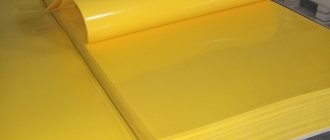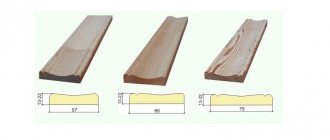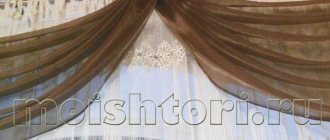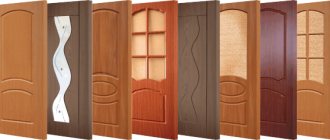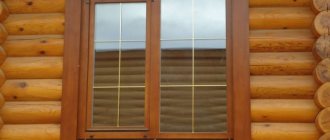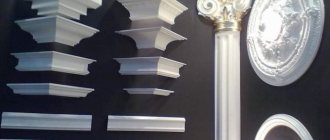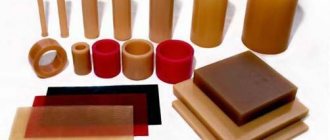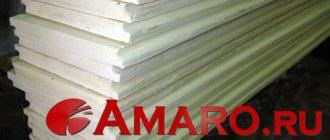Polyurethane molding is a versatile manufacturing process covering a wide range of materials, so choosing the right option can involve many factors. Thus, polyurethanes of the same type or hardness group may appear very similar, but when considering the detailed characteristics and unique properties, the differences can become the basis of choice or a source of inspiration. Even the most advanced geek will not remember all the properties of the material, and not everyone who needs to make a choice has the skills of an engineer: this is where the technical documentation and our guide to reading it become invaluable.
In this article we will look at the main types of polyurethanes, their areas of application, answer questions: how to choose a material and read its technical data so that you can make the right choice.
Before starting to study the properties, we recommend that you formulate your request and answer the following questions for yourself or when placing an order:
• Purpose of the part Operating conditions and possible mechanical impacts. Are increased electrical properties, impact strength, load-bearing capacity required, or does the part serve as a shock absorber? That is, factors that will help clarify the set of required characteristics.
• Environmental Resistance Will the part be exposed to extreme temperatures, humidity, ultraviolet radiation or harsh chemical environments?
• Expectations Accuracy of manufacturing, visual requirements for surface quality and color of the part, as well as other requirements regarding service life, production speed and cost of the product.
Physical characteristics of polyurethane
Items made of polyurethane can withstand strong impacts and falls from heights. The material is almost not subject to abrasion; parts for mechanisms designed for long continuous operation are made from it. Polyurethane products weigh little and are easy to transport and install.
The properties of the material are maintained within the permissible temperature range. When heated strongly, products become deformed and lose strength. It is recommended not to heat the material above + 80 C. Short-term heating to + 120 C is allowed. When cooled below -70C, products become brittle.
The exact characteristics of polyurethane depend on the formula of the substance. A number of properties can be identified that are characteristic of all materials from this group:
- Density: from 30 to 300 kg/m3.
- Hardness: from 50 to 98 units on the Shore scale.
- High resistance to tensile loads.
- Elasticity: stretches up to 500% of original length.
- Temperature range for operation: from -70C to +80C (or +120C).
- Low thermal conductivity (0.19 to 0.25): the material heats up slowly.
- Ability to withstand pressure up to 100 MPa.
- Good shock-absorbing properties.
- Dielectric properties: the material does not conduct electric current.
- UV resistance.
- Poor resistance to torsion.
- Long service life: 30-60 years.
The coefficient of friction depends on the formula of the material. Some of the polyurethanes provide good grip. Other types have a slippery surface.
Products made from polyurethane perform their functions for at least 30 years. If the product is not in contact with the external environment, that is, installed inside the mechanism, the service life increases to 60 years.
Chemical properties
Polyurethane does not collapse upon contact with aggressive substances: oils, solvents, petroleum products, salty environments. Unlike rubber, it does not oxidize due to ozone. The material is not susceptible to corrosion when wet. Polyurethane products can be used in high humidity. They are often used for anti-corrosion protection of mechanisms.
But the material cannot be called chemically inert, because it has “enemies”. Polyurethane is destroyed upon contact with aromatic hydrocarbons (this group includes, for example, toluene and benzene). Turpentine and substances containing chlorine or acetone have a negative effect on it. Also, the material is destroyed upon contact with nitric, phosphoric and formic acids.
